Today, Henry VI's reign is most commonly seen as cataclysmic, the loss of the Hundred Year's War, Jack Cade's Rebellion and the upheaval of the Wars of the Roses have also contributed to a perception of him as a weak and ineffectual ruler. Yet, following his death in the Tower of London in 1471, a cult of veneration emerged almost immediately. This cult would grow into one of the most popular within England, at one point with more people visiting the shrine of Henry VI at Windsor than the shrine of Thomas Becket at Canterbury. This post shall try to examine the characteristics of this cult and at the same time try to answer why it took the form and garnered the popularity it did?
Craig, Leigh Ann. "Royalty, Virtue, and Adversity: The Cult of King Henry VI." Albion: A Quarterly Journal Concerned with British Studies 35.2 (2003): 187-209.
Seward, Desmond. "The Miracle of Henry VI." History Extra. BBC History Magazine, 17 Feb. 2016. Web. 21 Nov. 2016.
Image Credit goes to:
http://www.historyextra.com/article/premium/miracle-henry-vi
WikiCommons
Henry VI
The cult initially emerged from rumours regarding the suspicious nature of his death. During the night of May 22nd 1471, Henry VI died in the Tower of London. For less than a year, Henry VI had been restored to the throne of England with the Earl of Warwick, the Kingmaker, betraying his once close friend Edward IV. However, the tables had now turned again and in May 1471 Edward had returned to retake the crown. Suspicion was aroused by the fact that following the death of Henry VI, Edward was recrowned the following morning. Rumours circulated that Henry had in fact been murdered by Richard, the Duke of Gloucester (later Richard III), who was in charge of the Tower of London at the time and was Edward's brother, this contradicting the jailers claims that he died of 'melancholy'. Henry's body was supposedly hurried along to the out-of-the-way Chertsey Abbey, further rumours regarding his 'murder' circulated, for example that he bled during his funeral, which was seen as typical for all murder victims. Yet, a further claim was made, that he was performing posthumous miracles. For this reason pilgrims began to appear at Chertsey.
A wall of the now ruined Chertsey Abbey
Edward IV tried to suppress this cult, which was certainly growing very rapidly. For example, by 1473 prayers were being said and and lights lit before his statue on a stone screen at York Minster, in 1479 Edward had this removed. Aside from this, one of the main forms of this suppression was by trying to stop pilgrims going to Chertsey Abbey. Interestingly, Richard III decided to patronise the cult of his Lancastrian rival- some suggestions have been that he did this out of guilt for the murder he may have committed or because the attempts to suppress the cult had been unsuccessful. One of the main ways he did this was by moving the body of the deceased king to St George's Chapel at Windsor Castle. It was here the dean of St George's began to compile miracles performed on visiting pilgrims, 174 of these were in recorded by 1500.
As the patronage of the cult of Henry VI was at its height under the Tudors, it is no surprise that many historians have seen it as phenomenon of political propaganda. By portraying Henry VI has a devoted and sacred king rather than weak - there was still much to be gained in political legitimisation, despite the unification of the branches of Lancaster and York with the marriage of Henry VII to Elizabeth of York. Sometime before 1492 Henry VII had appealed to Rome to begin the official process for the canonisation of Henry VI as a saint. By the 1520s, under Henry VIII, these proceedings had reached a point where papal representatives were seeking to find people who could bear testimony for the verification of the posthumous miracles.
The cult eventually waned under Henry VIII, after 1528 the canonisation process was halted due to the dispute with Rome. By 1538 further damage to the cult was done by the banning of pilgrimage, votive offerings at shrines and the veneration of relics. However, this does not mean Henry VIII now opposed this cult fully due to the new reality- in his will he left his wishes for the tomb of Henry VI at St George's to be made more imposing and for the banner of 'King Henry the Saint' to be carried at his funeral.
St George's Chapel, Windsor Castle
One way to explain why this cult garnered so much support is to look at the death of Henry VI as a martyrdom by looking at how he was viewed contemporarily and for a good part of a subsequent century. John Blacman, a Carthusian monk and a former close spiritual advice of Henry VI, wrote a vita (a memoir of sorts) describing Henry's piety, for example simplicity as exemplified by shabby clothes he supposedly wore with a hair shirt worn beneath them and another example being his sexual puritanism. Although, he was not viewed as a saint , his mercy and generosity was recognised during his lifetime. In one instance he ordered a traitor's impaled quarter taken down, stating that he would let no man suffer in such a way for him. On Good Friday 1452, he issued 144 pardons following the an abortive rebellion by the Duke of York. He also refrained from hunting because it would be wrong to kill an innocent animal. Henry VI was also supposedly generous in terms of charity. Hymns mention his donations to the poor and Blacman mentions his lack of will to tax his subjects for fear of being too oppressive.
In this way we can see why Henry has been accused of political weakness because by being so generous he left the royal finances in a shambolic state. Nevertheless, with contemporaries recognising Henry's 'virtues', his personal acts formed an integral part of the image that defined his posthumous cult.
Henry's piety however was not only recognised in his character, but also through religious ceremony. Blachman noted his regular attendance at mass, which he always carried out in a highly respectable and devout manner. Public appearance such as these led many to believe that he carried out many similarly self-disciplinary acts in his private-life, such as fasting. With these supposed devotional practices and charitable acts in mind it is clear that one of the reasons behind the development of a cult of veneration after Henry VI's death was the fact that he was seen by some as religiously righteous when he was alive. The perceived martyrdom of such a man by Richard, the Duke of Gloucester would then only contribute to this development even more.
A final consideration should be made for how this 'pious character' benefitted propagandists, contemporary and Tudor. Henry VI suffered from two extensive periods of serious mental illness. His frailty then was transformed from a supposed weakness into a new understanding of religiosity. Therefore, his dislike for the violent and forceful could be replaced with an explanation that did not highlight his 'weakness' and instead portrayed him as a devout figure, which was more useful for showing political legitimacy.
Two English Martyrs St Edmund of East Anglia (left) and Henry VI (right) are commemorated on the rood screen at St Catherine's Church in Ludham.
We can now see why Henry VI became such a popular figure of veneration following his death, despite the chaotic nature of his reign. The cult's sponsorship under Richard III, Henry VII and Henry VIII fitted political reality. Under the former it was a response to previous attempts of suppression failing, under the latter two it represented a form of legitimacy for their claims to the throne. This cult also grew due to the perceived sanctity of Henry, if he was such a pious man of the age, then surely it was no surprise that he would be performing miracles posthumously. In these ways, we can see that the development of the cult of Henry VI was equally based around his own life and also those who patronised him following his death.
Bibliography:
Craig, Leigh Ann. "Royalty, Virtue, and Adversity: The Cult of King Henry VI." Albion: A Quarterly Journal Concerned with British Studies 35.2 (2003): 187-209.
Seward, Desmond. "The Miracle of Henry VI." History Extra. BBC History Magazine, 17 Feb. 2016. Web. 21 Nov. 2016.
Image Credit goes to:
http://www.historyextra.com/article/premium/miracle-henry-vi
WikiCommons
.jpg/220px-King_Henry_VI_from_NPG_(2).jpg)
.jpg)
.jpg/1024px-St._Georges_Chapel%2C_Windsor_Castle_(1).jpg)


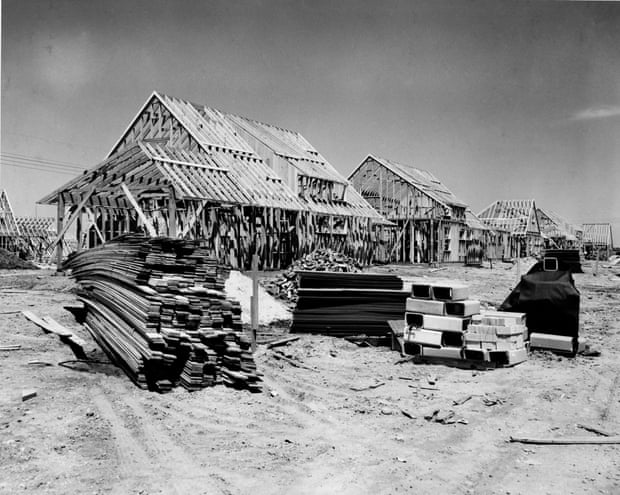


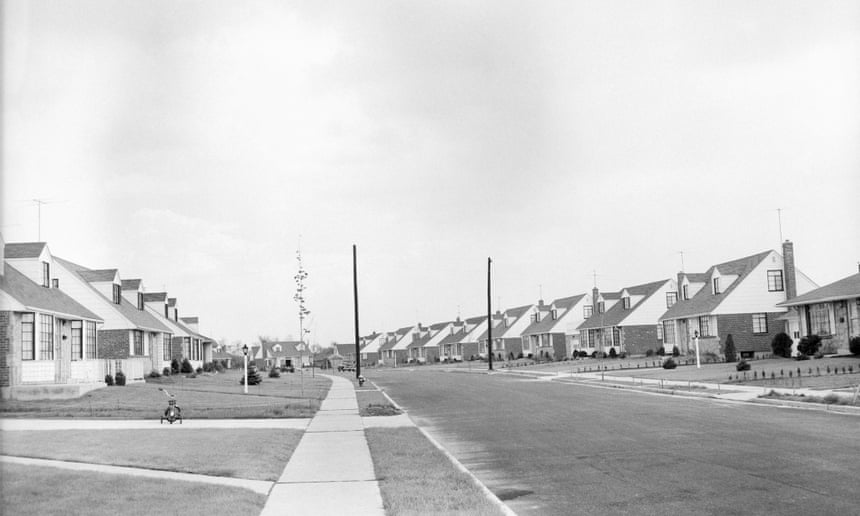
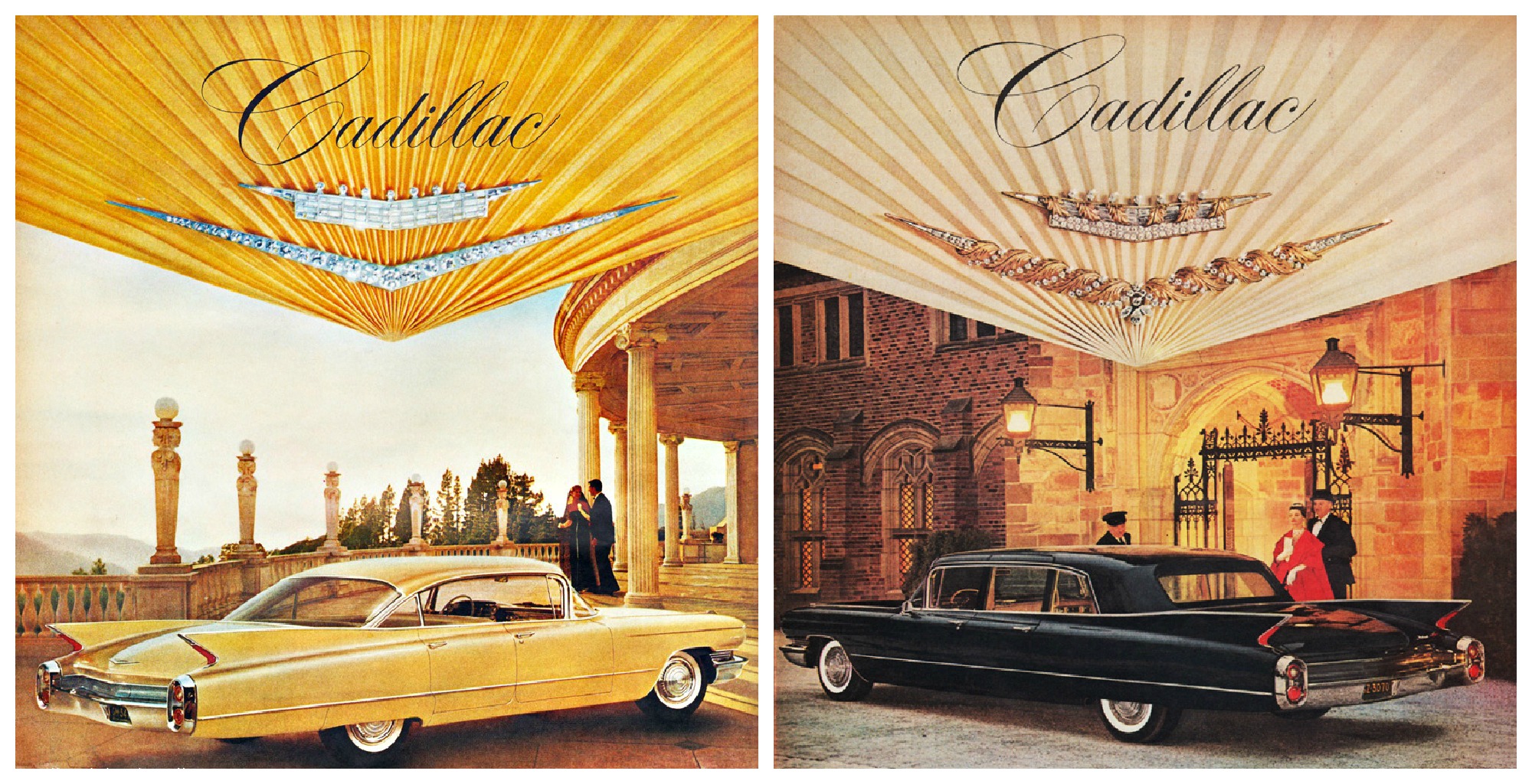



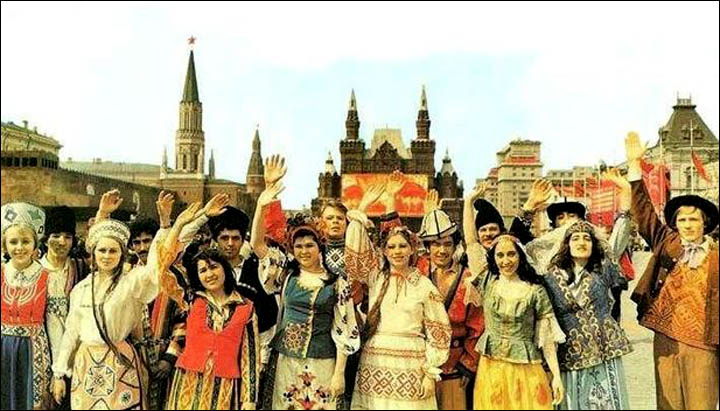

_1921-1935.png)









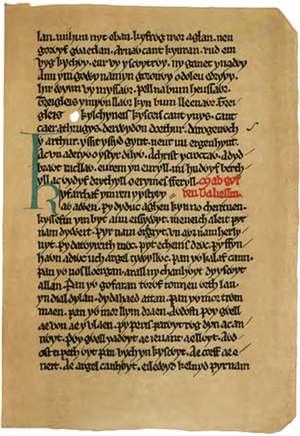
.jpg)

.jpg/800px-C%C3%A9sar_(13667960455).jpg)

